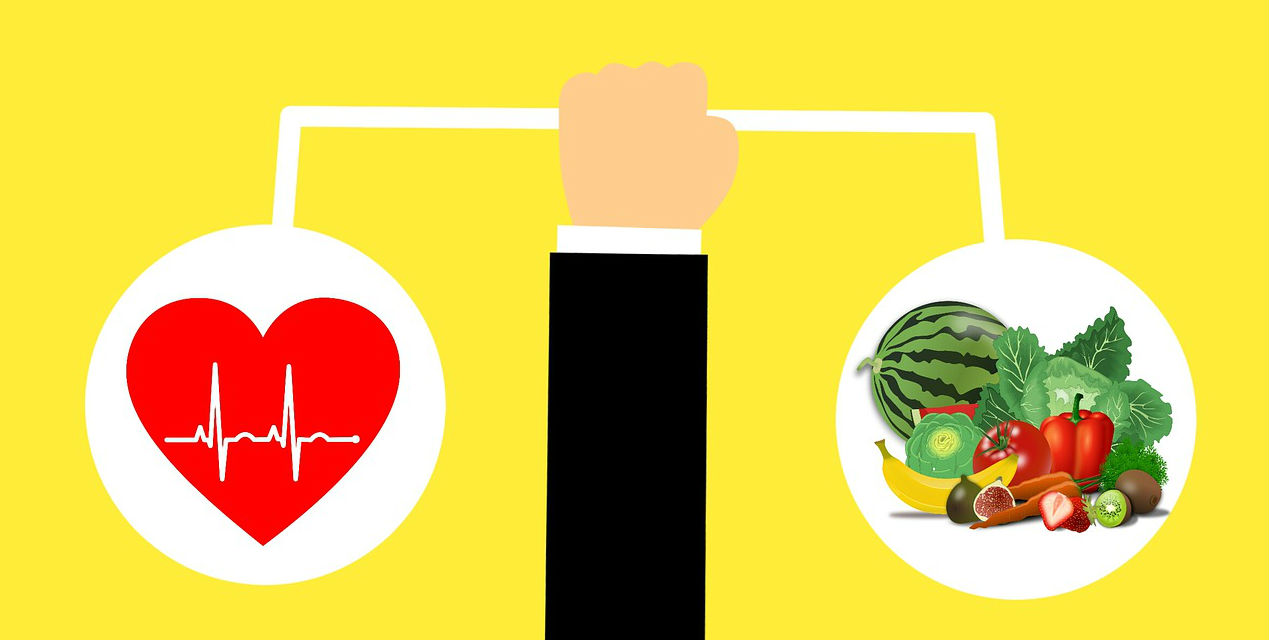High blood pressure is known as a “silent killer” because of its lack of warning signs. Over time, the condition (also called hypertension) can lead to heart disease, strokes, brain disfunction and kidney failure. Fortunately, there are many ways to get high blood pressure under control before it causes serious damage.
Adopt a Healthier Diet
The most important consideration is diet. Longtime consumption of foods loaded with salt, saturated fats and cholesterol is a major cause of hypertension. A balanced diet, loaded with fruits and vegetables, is necessary to reverse the process.
Salt is particularly hazardous. Authorities recommend eating no more than a single teaspoon of salt per day, which is far less than most Americans consume. Restaurant food is notorious for high sodium content. Reading the nutritional labels on packaged goods is essential.
A good rule of thumb is to have less meat and other foods on a plate than the amount of fruits and vegetables, which provide vitamins and minerals with little or no fat, salt or cholesterol. Green, leafy vegetables pack the most nutrition. According to experts, the best veggies include kale, broccoli, garlic, spinach, onions, Brussels sprouts, cauliflower, Swiss chard, avocados and mushrooms.
Certain beverages, such as soft drinks with a lot of sugar or corn syrup, are not recommended. One or two beers or liquor drinks a day can actually lower blood pressure a bit, but exceeding that amount has the opposite effect. Heavy drinkers can prompt a spike in hypertension if they quit cold turkey. They are advised to reduce their alcohol consumption gradually.
Among the herbs that discourage hypertension are angelica root, ashwagandha root, barley grass, bilberry, dandelion root, evening primrose oil, hawthorn berry, hibiscus, lavender, lemon balm, Reishi and Maitake mushrooms, mistletoe, motherwort, passionflower, periwinkle, rosemary and yarrow. Helpful nutritional supplements include omega-3 fatty acids, magnesium and co-enzyme Q10.
Lose Weight and Get Fit
Obesity is a primary trigger of high blood pressure. The risk of getting the disease is much lower for those who keep their bodies in the proper weight range. The waist should be no more than 40 inches for most men and 35 inches for the majority of women.
Shedding pounds requires not only eating right, but also exercising. The wide array of options features workouts that can be done at home, outdoors, and in gyms and fitness centers. Some people use exercise equipment like treadmills, stationary bicycles and weights; while others run in place, do crunches and squats, or climb up and down stairs. Walking, running, swimming, tennis and golf are additional alternatives.


